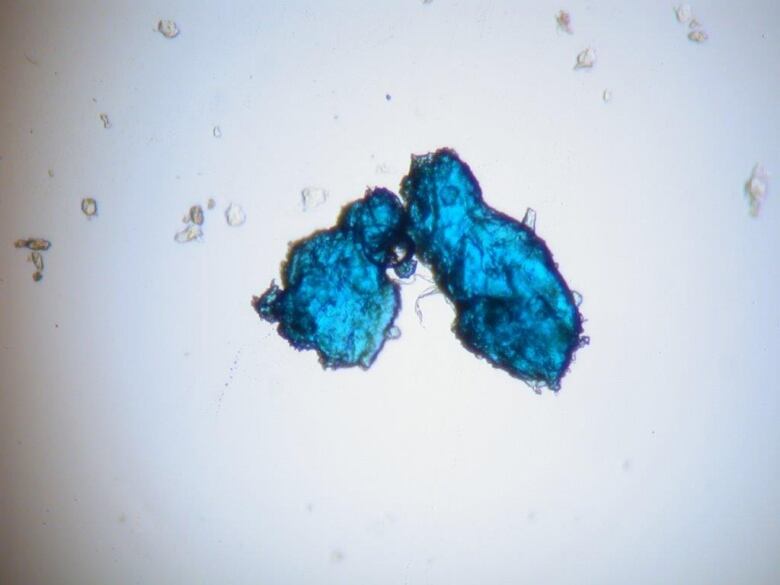Mississauga students win $50K for developing microbead filtration system
'The issues we've created, we should solve them,' says student who helped develop project

They measure less than a millimetre acrossbut they pose a massive threatto our Great Lakes, and a group ofMississaugahigh school students wants to help zap them.
Fired up by what they see asinaction against the flow ofmicrobeadsintoour waters, Grade11 and Grade12studentsfromGordonGraydonMemorial Secondary School designeda microbeads filtration systemand were awarded $50,000 in Samsung technology for their school.
Samsung Canada's first-everSolve for Tomorrow Challenge, which was launched last September,required students to use science, technology, engineering and math to solve a community issue. Elevennational finalists were selectedfrom a pool of 55 semi-finalsubmissions, and Gordon Graydon and South ColchesterAcademy in Nova Scotia came out on top.
Theywere presented with the prize onTuesday.
Thank you @GraydonHawks & @AsapSCIENCE for a great day celebrating #SamsungSolve! pic.twitter.com/qI3Ne5nF5y
—@SamsungCanada"Microbeadsare tiny plastic beads made out of polyethylene and other plastics that are used in soap, creams and toothpaste and since they have the same density as water they don't get filtered out at water treatment plants," Grade 11 student Adrian Sin told CBC News.
Scientists and environmentalists saythese tiny plastic pebbles, which are non-bio degradable, are hurting fish, along with otherwildlife andmay even be damaging human health.

Sin, who says he'd like to study civil engineering after graduating,explained how their system would catch the miniscule beads.
"The solution we came up with is a half-pipe with a negatively charged grid in the front and positively charged grid along the top," he said. "When water enters the pipe, themicrobeadsare negatively charged and are attracted to the positively charged plate where they can be removed."
MuskanSethi, who'd like to pursue chemicalengineering,said thefiltration system is similar to equipment that "cleanssmoke from factoriesso we tried adapting it to water."
When asked what inspired the project, Sethi said, "Everyone should live safely. The issues we've created, we should solve them.
"We're all science students and very passionate about science and everyone's committed because we all want to make a change."












_(720p).jpg)


 OFFICIAL HD MUSIC VIDEO.jpg)
.jpg)



























































































